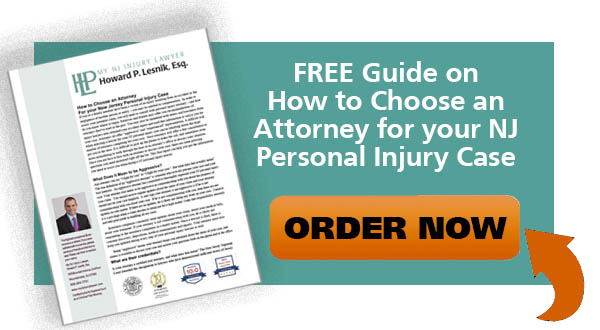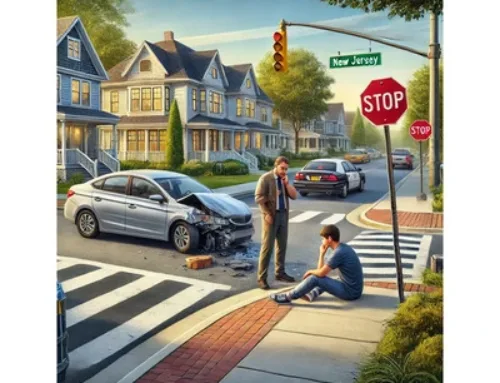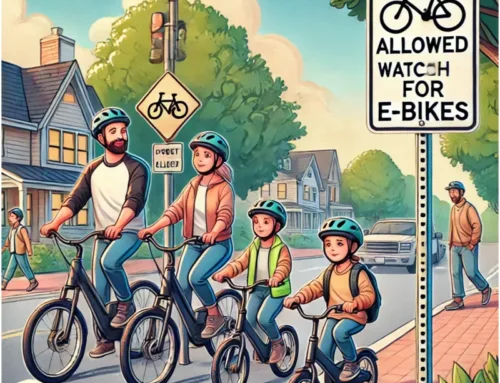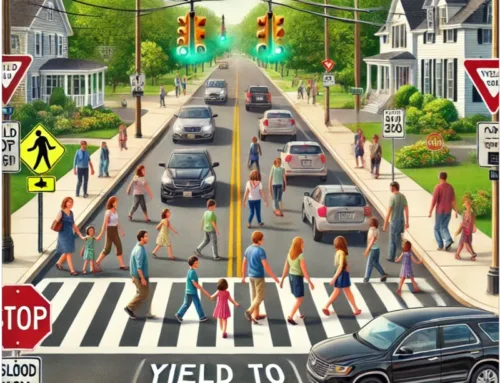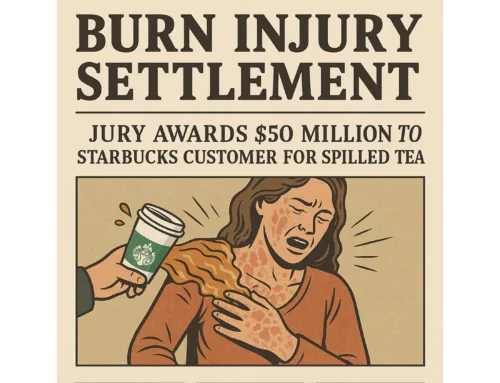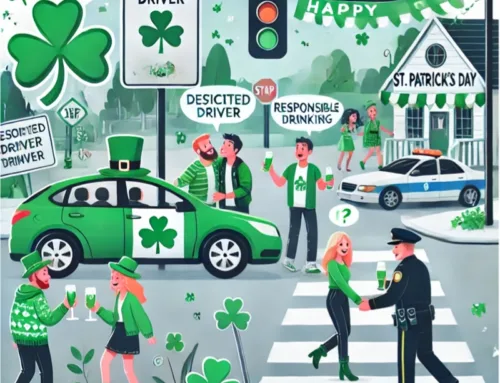Statistically, the first three months of the year tend to be the safest, with respect to automotive deaths on US roads, with fewer fatalities generally occurring in the first quarter of the year. If that holds true in 2022, it means nothing good for the rest of the year, as first-quarter traffic deaths have jumped to 9,560 fatalities this year. This is a substantial jump from the 8,935 auto fatalities in the first quarter of 2021, and an even more dramatic leap from the initial months of 2020, during which the NHTSA (National Highway Traffic Safety Administration) reported 7,893 fatalities.
 NHTSA data shows that our roads have been growing more dangerous since the start of the COVID-19 pandemic in early 2020. Initially, this was attributed to traffic disruptions resulting from the widespread lockdowns, when everyday routines were abruptly halted, and long stretches of road were all but deserted. Something about these conditions seemed to tempt the few drivers that did take to the roads to engage in risky or reckless driving behaviors. Accident and fatality rates surged even while the total number of miles driven remained relatively low. Unfortunately, while traffic disruptions are no longer quite as severe now as they were at the beginning of the pandemic, these risky behaviors and the resulting climb in road fatalities have not abated.
NHTSA data shows that our roads have been growing more dangerous since the start of the COVID-19 pandemic in early 2020. Initially, this was attributed to traffic disruptions resulting from the widespread lockdowns, when everyday routines were abruptly halted, and long stretches of road were all but deserted. Something about these conditions seemed to tempt the few drivers that did take to the roads to engage in risky or reckless driving behaviors. Accident and fatality rates surged even while the total number of miles driven remained relatively low. Unfortunately, while traffic disruptions are no longer quite as severe now as they were at the beginning of the pandemic, these risky behaviors and the resulting climb in road fatalities have not abated.
The most obvious behavior change caused by pandemic-era traffic disruptions is the temptation to speed; there is less road congestion because more people are working from home rather than commuting every morning and evening, creating more opportunities for heavy-footed motorists. However, other dangerous driving behaviors have also become more common since the beginning of 2020: more motorists are choosing to drive under the influence of alcohol or other substances, and more people are forgoing the use of their seat belt.
It’s not clear to safety experts why rates of these reckless behaviors continue to climb, but crash data clearly indicates that the problem is getting worse, not better. Nationwide, car accident deaths are up 7 percent relative to the same three-month period last year – but the problem is not consistent throughout the country. In seven states as well as Washington, D.C., road fatalities jumped by 50 percent or more.
Earlier this year, the US Department of Transportation emphasized its commitment to eliminating crash deaths through the adoption of a “safe system” approach that focused on three elements of road safety: safer road design with consideration for cyclist and pedestrian road users; car safety features that protect passengers and help drivers avoid accidents; and the behavior of the drivers themselves. This multifaceted approach is welcomed, as some safety advocates have suggested that the federal government has tended in the past to focus primarily on advertising campaigns and enforcement efforts aimed at changing driver behavior, to the detriment of other approaches.
An example of these efforts was unveiled at the same event at which the most recent NHTSA crash data was released: federal transportation officials announced an advertising campaign, paired with a law enforcement push by local police forces, aimed at dissuading people from driving drunk. The campaign’s $13 million budget includes television, radio, internet, and billboard ads. While these efforts are important, it is increasingly clear that more needs to be done to combat the surge of reckless driving that has seized the nation’s roads in the past two years. When persuasion and deterrence aren’t enough to change dangerous driver behaviors, it’s only sensible to focus on ways of reducing the impact of those risky behaviors on all road users.
Last year’s infrastructure law provided billions in safety funding, including a $5 billion fund to provide grants aimed at protecting pedestrians and cyclists. Infrastructure changes can protect these vulnerable road users by creating dedicated bike lanes separate from automobile lanes, and by building sidewalks and traffic signals to keep pedestrians and cars separated. The infrastructure law also included technology mandates that could help to mitigate some of the biggest dangers to road users; for instance, the NHTSA could require devices in new cars that monitor the driver’s breath for alcohol. Systems like this are currently in testing, but implementation and a mandate are most likely years out from the present.
For now, it seems the best approach to create safer roads and highways is through a multi-pronged approach that includes driver behavior, road design, and automobile technology. More research may also be warranted into the cause of the intense spike in risky driver behavior coinciding with the beginning of the pandemic and continuing ever since, despite the popular push in the last several months to return more aspects of daily life to a pre-pandemic “normal” state. It is difficult to change any sort of large-scale behavioral trend without understanding what motivates people to engage in those undesirable behaviors.
Contact MyNJInjuryLawyer Howard P. Lesnik
If you or a loved one suffered an injury in an accident in NJ, you should contact an attorney familiar with handling these claims. An experienced NJ Injury Lawyer will know how to obtain medical records, videos, photographs, experts, locate witnesses and contact the insurance company so you can make a claim for your injuries.
My NJ Injury Lawyer Howard P. Lesnik, Esq. offers complimentary strategy sessions to address any issue or questions you may have for your injury claim in NJ.
Please contact NJ Injury Lawyer Howard Lesnik, Esq., immediately if you were involved in an accident. I personally handle NJ personal injury cases on a regular basis. Please contact me now by email, by phoning 908.264.7701, or by completing the form to the right to schedule your complimentary 30-minute strategy session. Call me direct and I will answer 5 questions that you have about your potential claim.


